The supplement industry is a domain filled with promises of health, vitality, and wellness. Central to this world are proprietary blends, a term that often appears on supplement labels but remains shrouded in mystery for many consumers. We will delve into the world of proprietary blends, exploring why they are used, the controversies surrounding them, and the legalities that govern their use. You may be surprised by the facts and better understanding you will gain after reading about the debate over proprietary blends, including potential proprietary blend side effects.
Understanding Proprietary Blends
A proprietary blend in supplements is a combination of various ingredients listed as a single collective unit on the label, without disclosing the exact amounts of each ingredient. This concept isn't new; it has been a part of the supplement industry for decades. These blends, also known as a proprietary complex, are commonly found in supplements like pre-workouts, fat burners, and other health products. Understanding what does proprietary blend mean can help consumers make informed choices.
Criticisms and Concerns
The primary criticism against proprietary blends is the lack of transparency. Critics argue that without knowing the exact amounts of each ingredient, consumers can't be sure of the supplement's safety or efficacy. This concern is heightened by historical instances where supplements have caused adverse effects due to undisclosed high doses of certain ingredients. Such opacity can erode consumer trust, as people are increasingly keen to understand what they're putting into their bodies.
The Defense of Proprietary Blends
On the flip side, supplement companies staunchly defend the use of proprietary blends, primarily as a means to safeguard their unique formulations and extensive investment. In the fiercely competitive supplement market, revealing detailed formulations is akin to giving away trade secrets. Companies often spend considerable amounts of money on clinical trials and studies to develop these unique blends. Disclosing the exact amounts of each ingredient not only risks replication by competitors but also potentially nullifies the substantial financial and research investment made in these studies.
Clinical trials and studies are integral to the supplement industry, ensuring that products are both safe and effective. These studies can be expensive and time-consuming, and they form a significant part of the research and development expenditure of many companies. When a company discovers a particularly effective combination of ingredients, that formula becomes its unique selling proposition, something that sets it apart in a crowded market. By keeping these details under wraps through proprietary blends, companies protect their intellectual property. This protection is not just about preventing competitors from copying a formula, but also about safeguarding the company's financial investment and future revenue streams.
Furthermore, industry advocates argue that proprietary blends are essential not just for protecting business interests, but also for fostering innovation within the industry. If companies were required to disclose every detail of their formulations, it could lead to a homogenization of products on the market, as companies might be less inclined to invest in developing unique formulations. In this way, proprietary blends can be seen as a driving force for creativity and advancement in the supplement industry, encouraging companies to continually research and develop new and better combinations of ingredients to stay ahead of the competition.
Legal Framework and Labeling Regulations
In the United States, the FDA requires supplement companies to list all the ingredients in a product. However, the exact amounts of each component in a proprietary blend can remain undisclosed. This regulation aims to balance consumer safety with the protection of business interests.
While the doses of the ingredients can stay concealed, they’re listed in descending order, from the highest amount to the lowest amount. For example; when you are looking for a Protein powder, many companies show a proprietary protein blend. The first type of protein listed should have the highest amount in that blend. Keep that in mind as you do your research. If a Whey Protein Concentrate is listed first, you most likely have the cheapest form of protein as the largest percentage of that blend. If the blend shows a Whey Protein Hydrolysate first, you most likely have the most expensive protein as the largest percentage in the blend. So pay close attention to what order the list of ingredients is in.

Seeking Clarity: The Value of Honest Queries
If you have questions about a proprietary blend, don't hesitate to reach out to the company for clarification. When examining a Supplement Fact Box, if you are unsure about the quantity of a specific ingredient in the blend, simply send an inquiry to the company. Explain why you need to know the amount of a particular component – whether it's Ingredient A or B. This is especially crucial if the information pertains to a medical condition or dietary calculation. If the company fails to provide a satisfactory response or evades your query, it might be prudent to consider other options. While a product's label might not disclose every detail, a reputable company should be willing to engage in a conversation about your health needs and provide guidance accordingly.
Balancing Innovation and Transparency
The use of proprietary blends in the world of supplements presents a complex, nuanced scenario, similar to a double-edged sword. On one hand, these blends serve as crucial catalysts for innovation, enabling companies to safeguard their unique formulations and business secrets in a highly competitive market. This aspect of proprietary blends is indispensable for fostering research, development, and progress within the industry. On the other hand, they usher in substantial concerns regarding consumer transparency. The obscurity of ingredient specifics in these blends can leave consumers in a state of uncertainty, questioning the efficacy and safety of what they are ingesting.
As the supplement industry continues to grow and transform, the challenge lies in finding a harmonious balance – a solution that not only preserves the competitive and innovative spirit of companies but also upholds the consumers' right to clear and comprehensive information. Such a balance would ideally empower consumers with the knowledge they need to make informed choices about their health, without stifling the creative and competitive drive that propels the industry forward.
In pursuit of this equilibrium, ongoing dialogue and thoughtful regulation may play key roles. It is through these channels that a deeper understanding and a more transparent approach can emerge, addressing the concerns of all stakeholders involved. Until such a balance is achieved, the conversation around proprietary blends will likely remain a dynamic and evolving aspect of the supplement industry. The future of this sector may well hinge on its ability to adapt and respond to these dual imperatives of protecting proprietary information while enhancing consumer transparency.


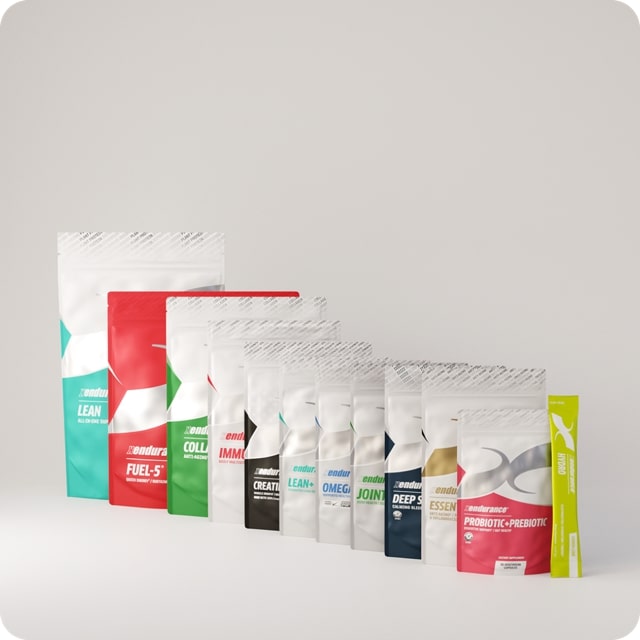
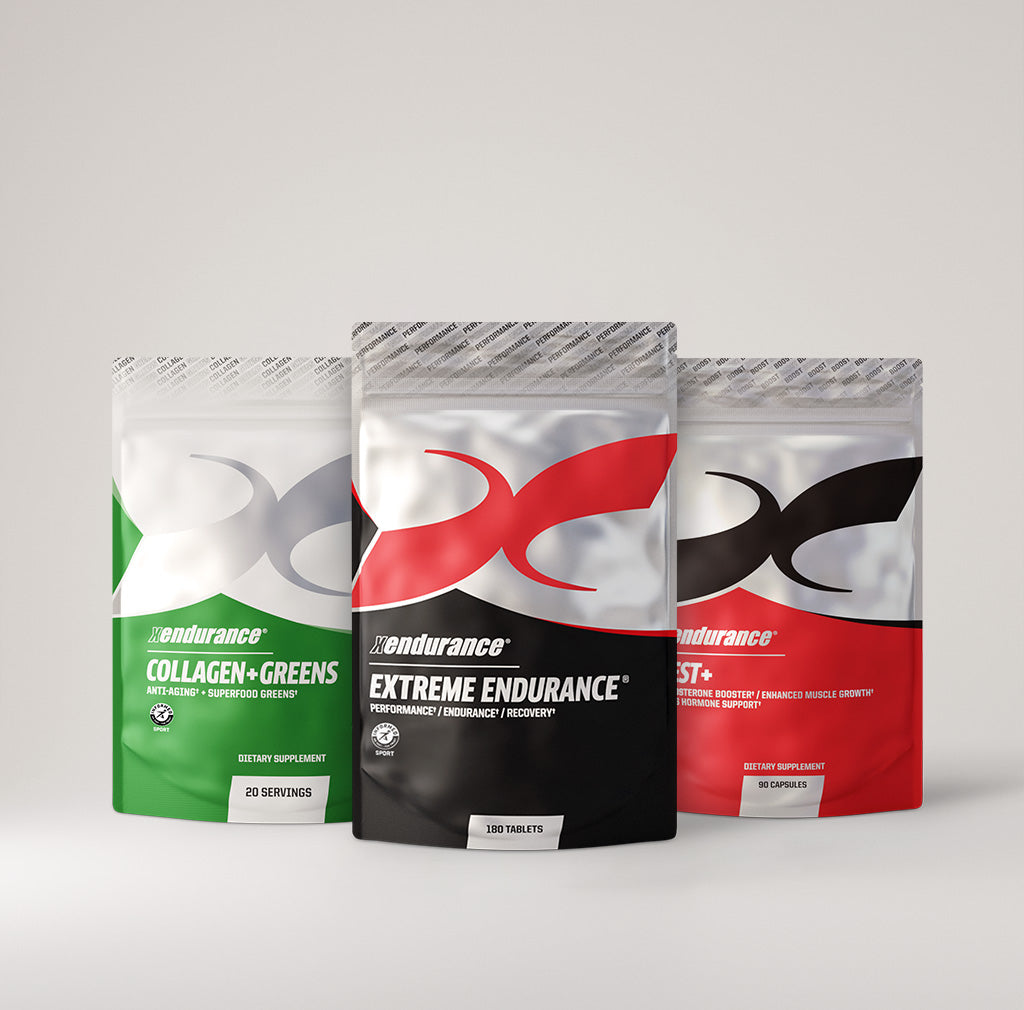
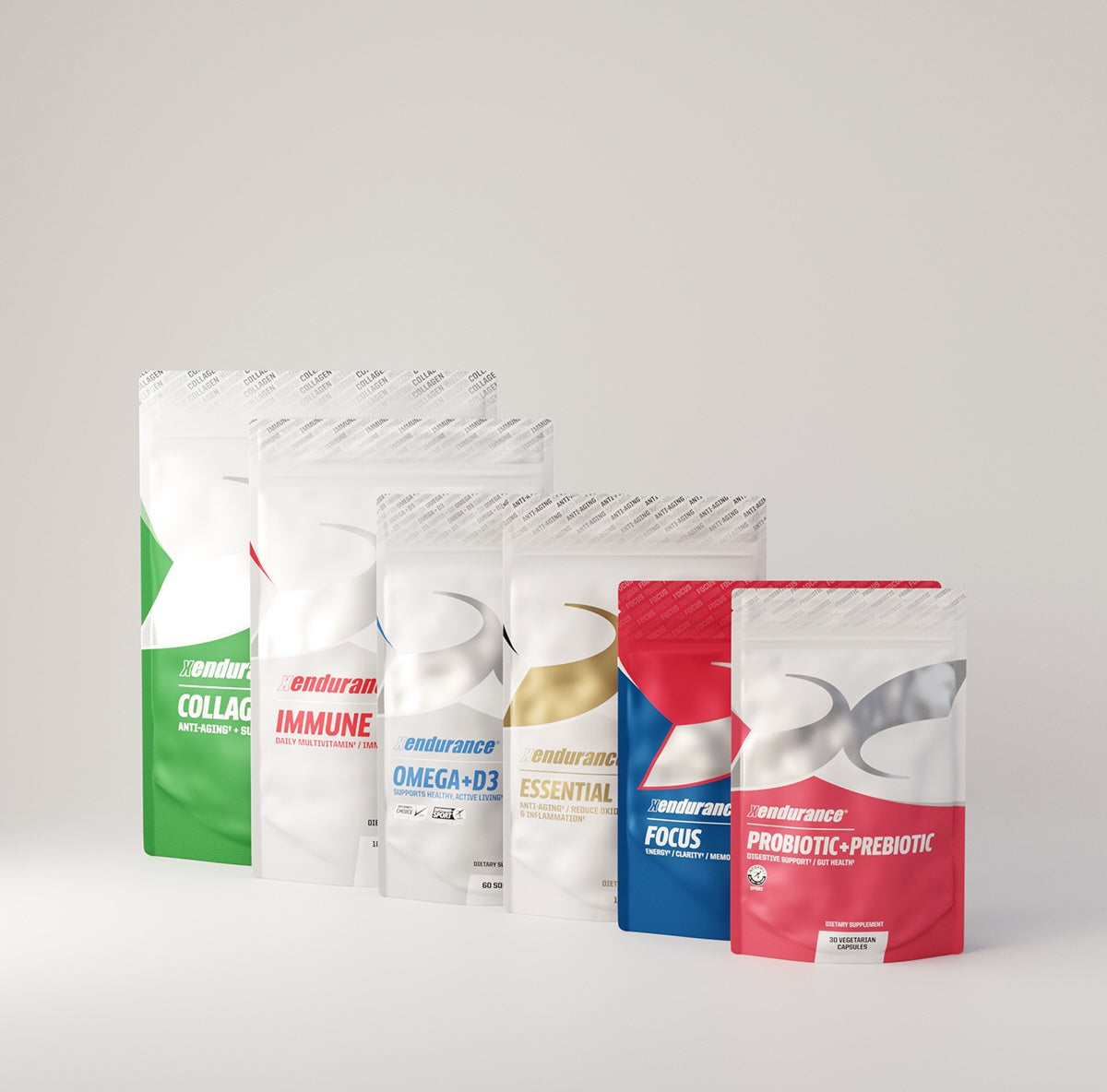
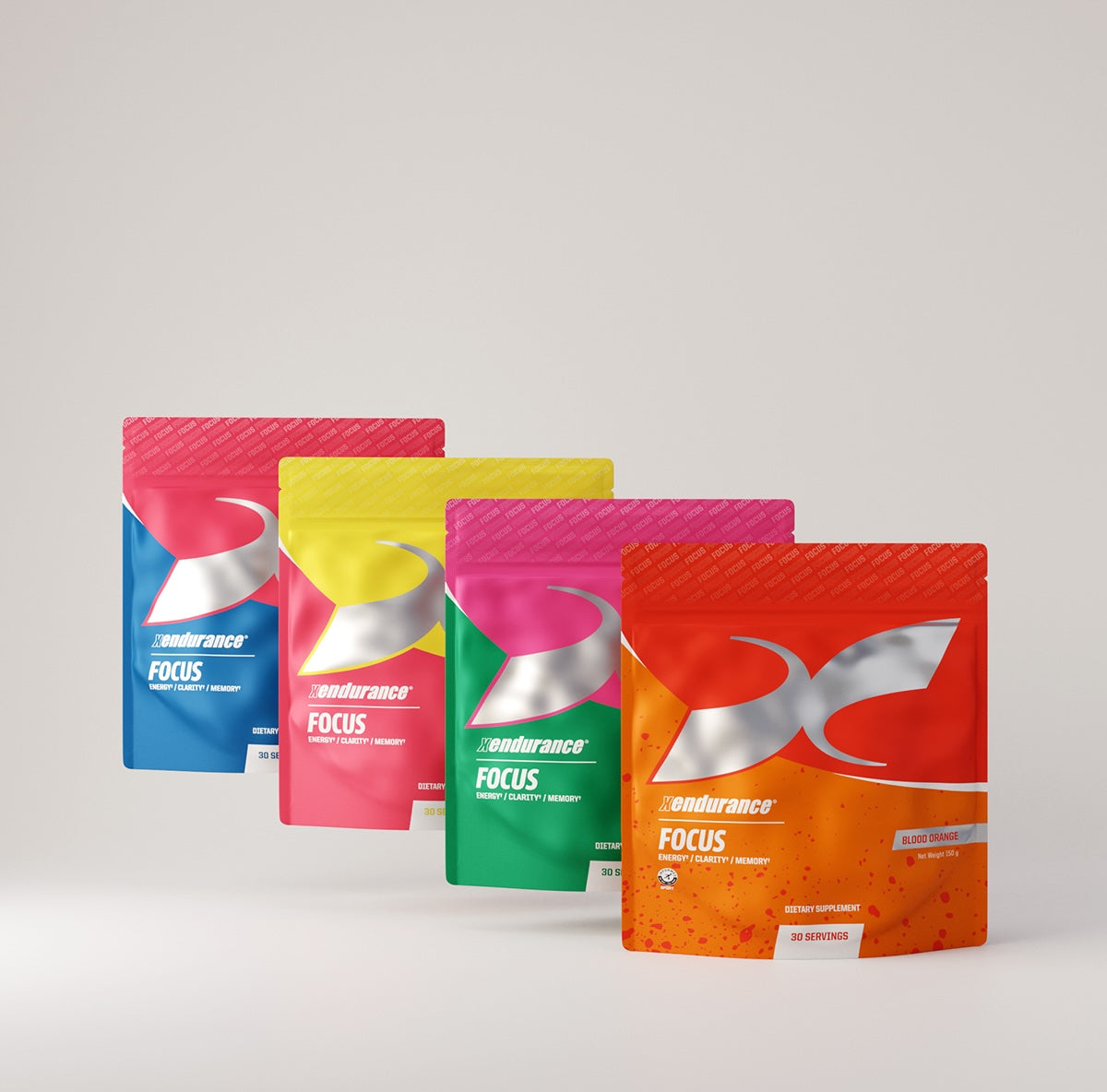
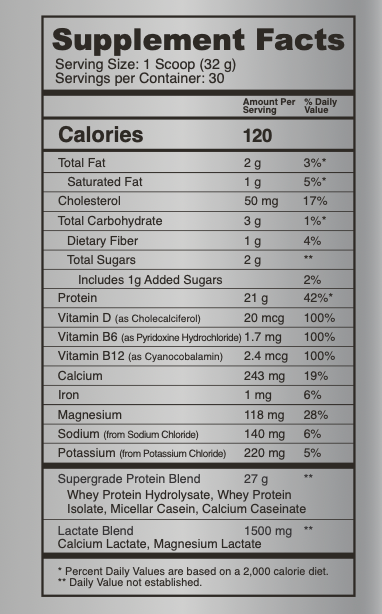


Leave a comment
This site is protected by hCaptcha and the hCaptcha Privacy Policy and Terms of Service apply.